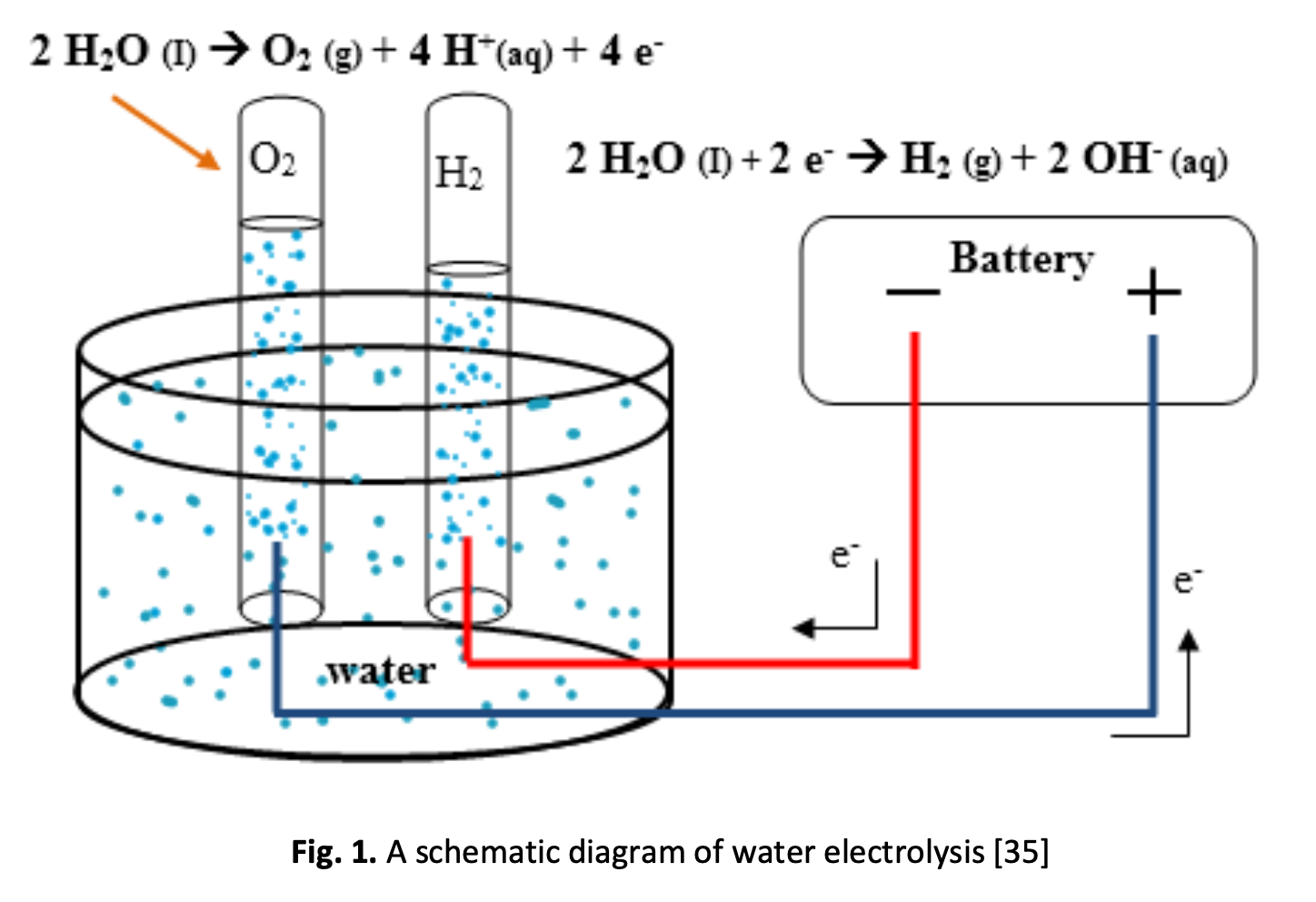Oxyhydrogen Gas Production by Alkaline Water Electrolysis and the Effectiveness on the Engine Performance and Gas Emissions in an ICEs: A Mini-Review
DOI:
https://doi.org/10.37934/arfmts.97.1.168179Keywords:
HHO gas, alkaline water electrolysis, internal combustion engine, emissionsAbstract
The excessive use of fossil fuels and the resultant dramatic increase in pollution levels have highlighted the need for a new sustainable and environmentally friendly fuel. Hence, it is necessary to research alternatives to reduce the use of fossil fuels and the emission of greenhouse gases. Utilising oxyhydrogen (HHO) gas has been proven to achieve high engine power output and efficiency with low emissions for spark-ignited internal combustion engines. HHO gas is generated from the electrolysis of water. This paper reviews the recent research findings related to the influencing factors on the production of HHO gas using alkaline water electrolysis involving electrolyte properties, electrolyte concentration, the distance between electrolytes, and the effects of HHO gas on the engine performance and gas emissions. Using an HHO gas blend in a diesel/gasoline engine could be a viable option for lowering GHG emissions and increasing engine efficiency.
Downloads

































